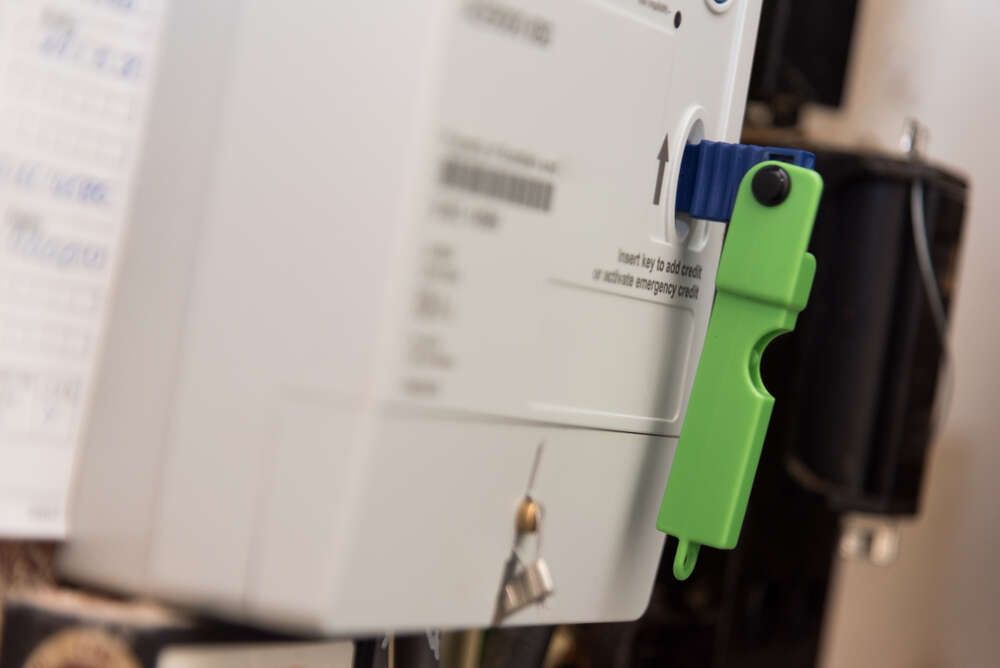
On Monday, UK Chancellor of the Exchequer Jeremy Hunt announced that the energy price cap, which limits the average energy bill at £2,500, would only extend until April 2023, rather than for two years as initially stated. This means average annual energy bills could surge by 74% come April, up to £4,347, according to predictions from Cornwall Insight.

Hunt said the scheme will be replaced with targeted energy bill support, but it is not yet clear what form this will take. However, many are already struggling, even with the current price cap already in place. Inflation was recently announced to have reached 10.1% in September, food prices are up by 14.6% annually and housing costs including bills are up by 9.3%.
A TUC survey of 10,000 people found that over half (55%) were cutting back on heating, hot water or electricity in an attempt to mitigate rising bills. In parts of the country, particularly in Scotland and around Liverpool, that number rises to around two-thirds.
Last week, Citizens Advice published its monthly statistics on users of their services around the UK and found that, in September 2022, over 30,000 people were seen by the advice service for issues related to energy or energy debts. This is a 30% increase compared with September 2021 and 2.5 times the number seen in September 2019.
Not only is the number of people unable to pay their energy bills increasing, but so is the amount they owe. Among the people Citizens Advice saw in Q3 2022, the average amount of energy debt owed was £652, 85% higher than in Q3 2019.
Energy bills through prepayment meter tariffs could double direct debits
Among those most at risk, Citizens Advice says, are those on prepayment meters, who can’t spread their payments evenly over 12 months, and so feel the impact of winter more acutely. Analysis by Inside Housing found that this January, a prepayment customer may pay twice as much as someone on a direct debit payment plan.
In times of financial struggles, there is a rise in people self-rationing their energy, or running out of credit and being cut off, which could have negative health effects, especially for children, the elderly, or those with disabilities.
Citizens Advice’s data shows that, in September 2022, the service saw 3,612 people who were unable to afford to top up their prepayment meter. This is almost five times as many as in September of last year, and 15.6 times as many as in September 2019, before the pandemic.
This is before we see the drastic effects of the increase in the energy price cap at the beginning of October. In November 2021, after the price cap was increased on 1 October, the number of cases increased by 48% compared with September. May 2022 again saw a similar spike after the increase on 1 April.
Where in the country has the most prepayment meters?
City Monitor analysis of 2017 government data finds that Inner London is the English region with the highest proportion of households on prepayment electricity meters, with meters in 17.6% of households. Across Greater London, 14.9% of households are on prepayment electricity meters, compared with 11.2% across the whole of England.
In Barking and Dagenham, 27.6% of households are on prepayment electricity meters. Outside of the capital, those living in cities are much more likely to be on prepayment meters than the regional average: in areas like Liverpool and Knowsley, the proportion of households on prepayment meters is still over one in five.
[Read more: Energy bills for small businesses have increased fourfold in the past 18 months in England and Wales]






